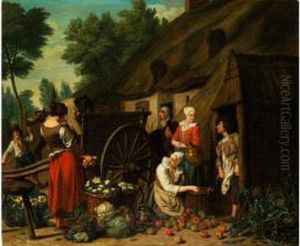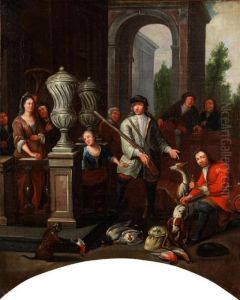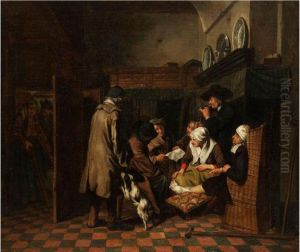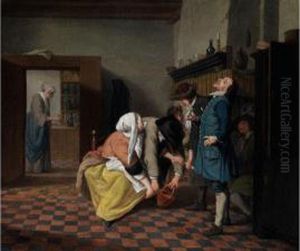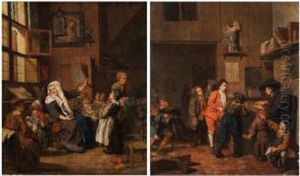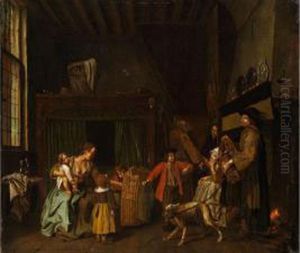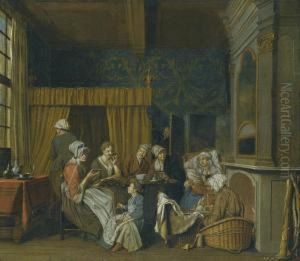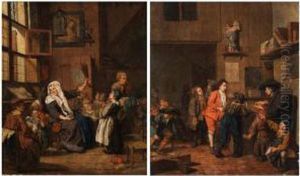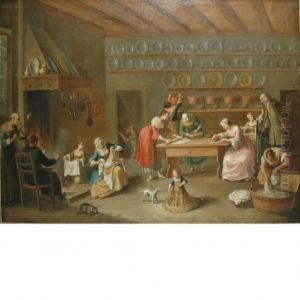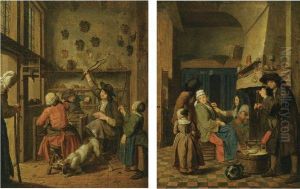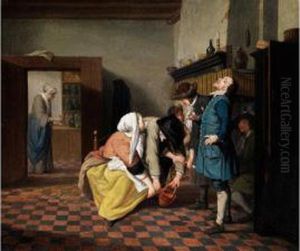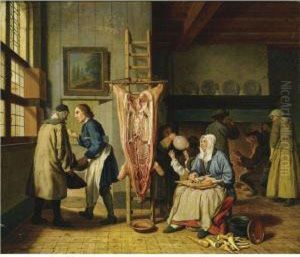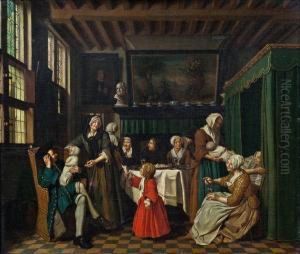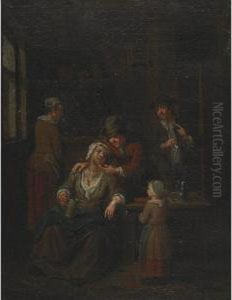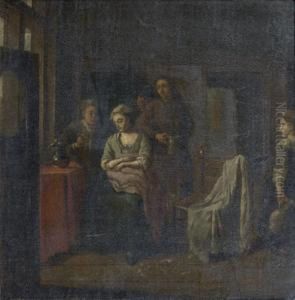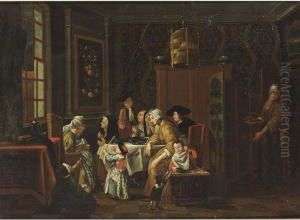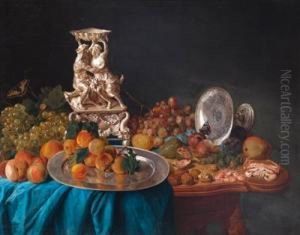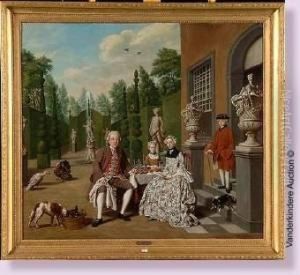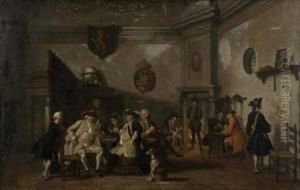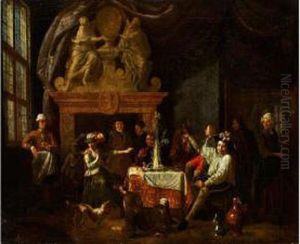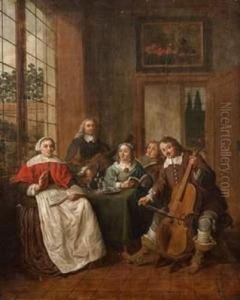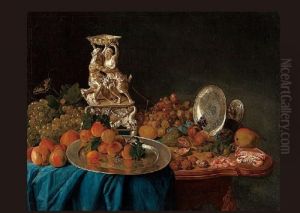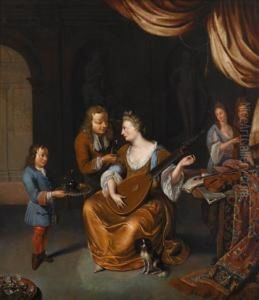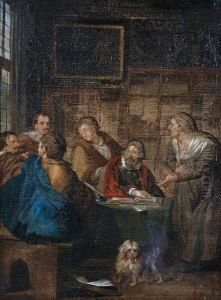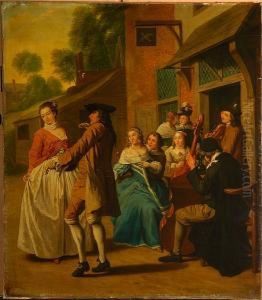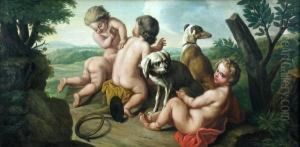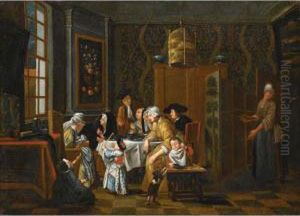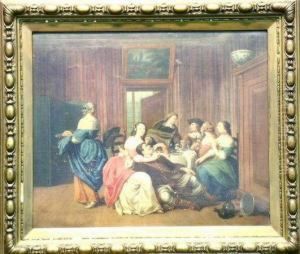Josef Horemans Younger The Jan Paintings
Josef Horemans the Younger, also known as Jan Josef Horemans II, was a Flemish painter who was born in 1714 in Antwerp, Belgium. He was part of a family of artists, as his father, Jan Josef Horemans the Elder, was also a respected painter of his time. Horemans the Younger is often associated with the Flemish genre painting tradition, which depicted scenes of everyday life with a particular focus on the middle and lower classes.
Horemans received his artistic training from his father and continued the family tradition of genre painting. He became a master in the Guild of Saint Luke in Antwerp in 1737, which was a common practice for artists of the time to gain recognition and the right to practice independently. His works are characterized by their detailed and vivid portrayal of domestic and public scenes, often with a moralizing or satirical undertone.
Throughout his career, Horemans exhibited a strong influence from other Flemish painters, such as David Teniers the Younger, who was renowned for his genre scenes and landscapes. Horemans' paintings often featured interiors of taverns, kitchens, and workshops, providing a glimpse into the daily life and social customs of the 18th century.
In addition to genre scenes, Horemans also painted portraits, religious subjects, and historical scenes. His style is noted for its fine brushwork, attention to detail, and the use of light to enhance the narrative of his compositions. Despite the popularity of genre painting in the 18th century, Horemans also faced competition from other artists and changing artistic tastes.
Josef Horemans the Younger's contributions to art were recognized in his time, and he enjoyed a successful career. His works are now part of collections in various museums and art galleries, serving as valuable records of the cultural and social history of his era. He continued to paint until his death in Antwerp in 1790. Horemans' legacy is preserved through his paintings, which continue to be studied and appreciated for their historical significance and artistic merit.
